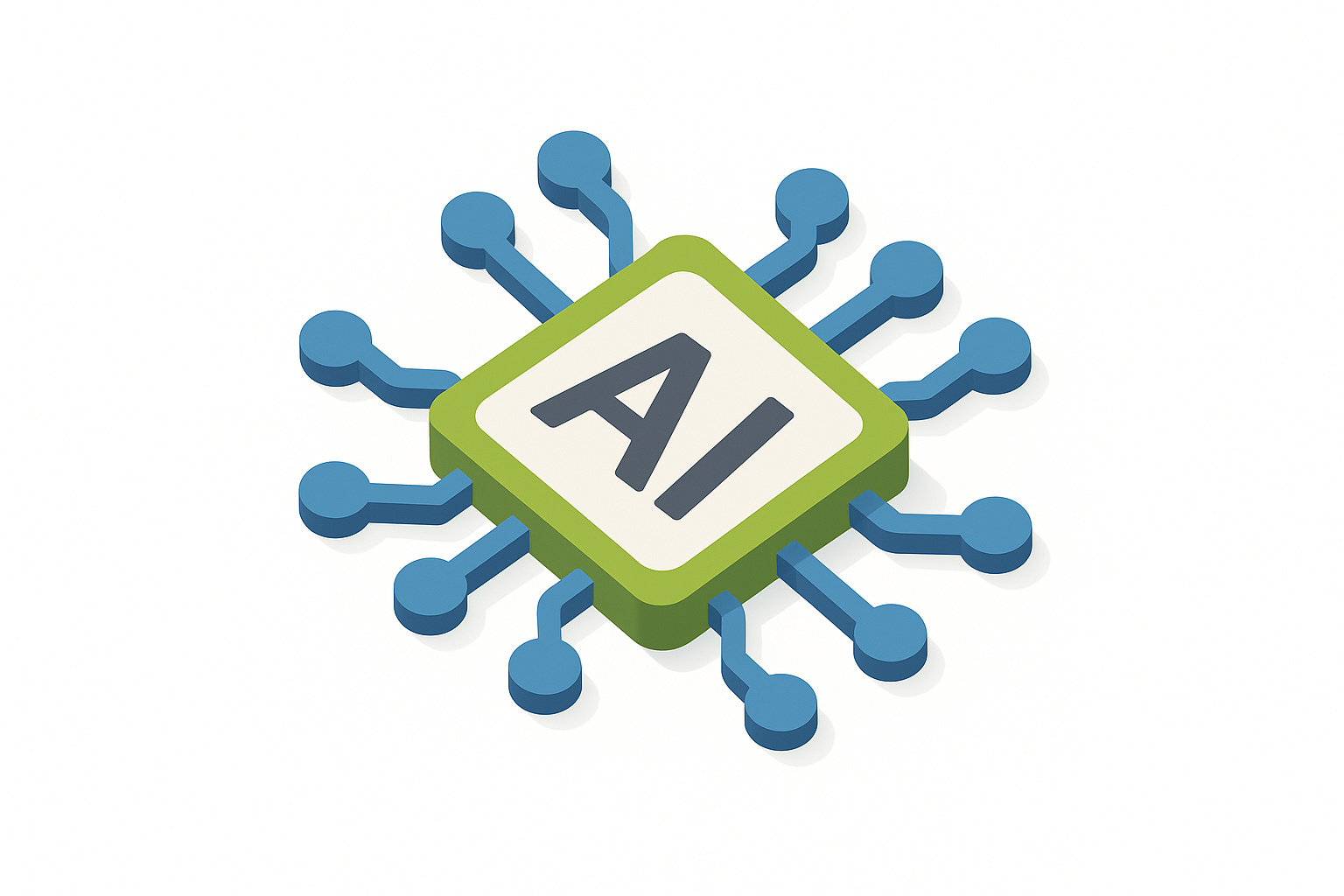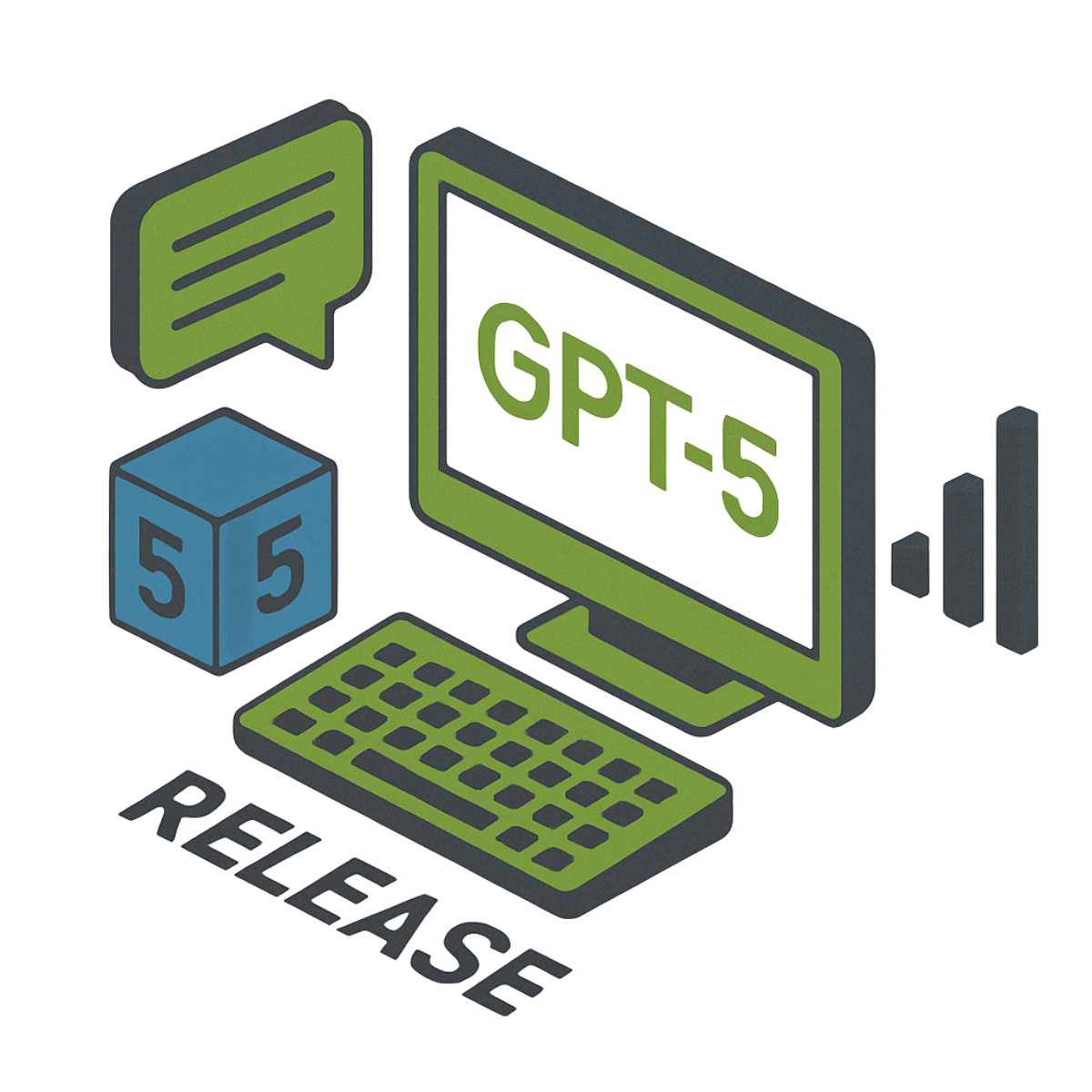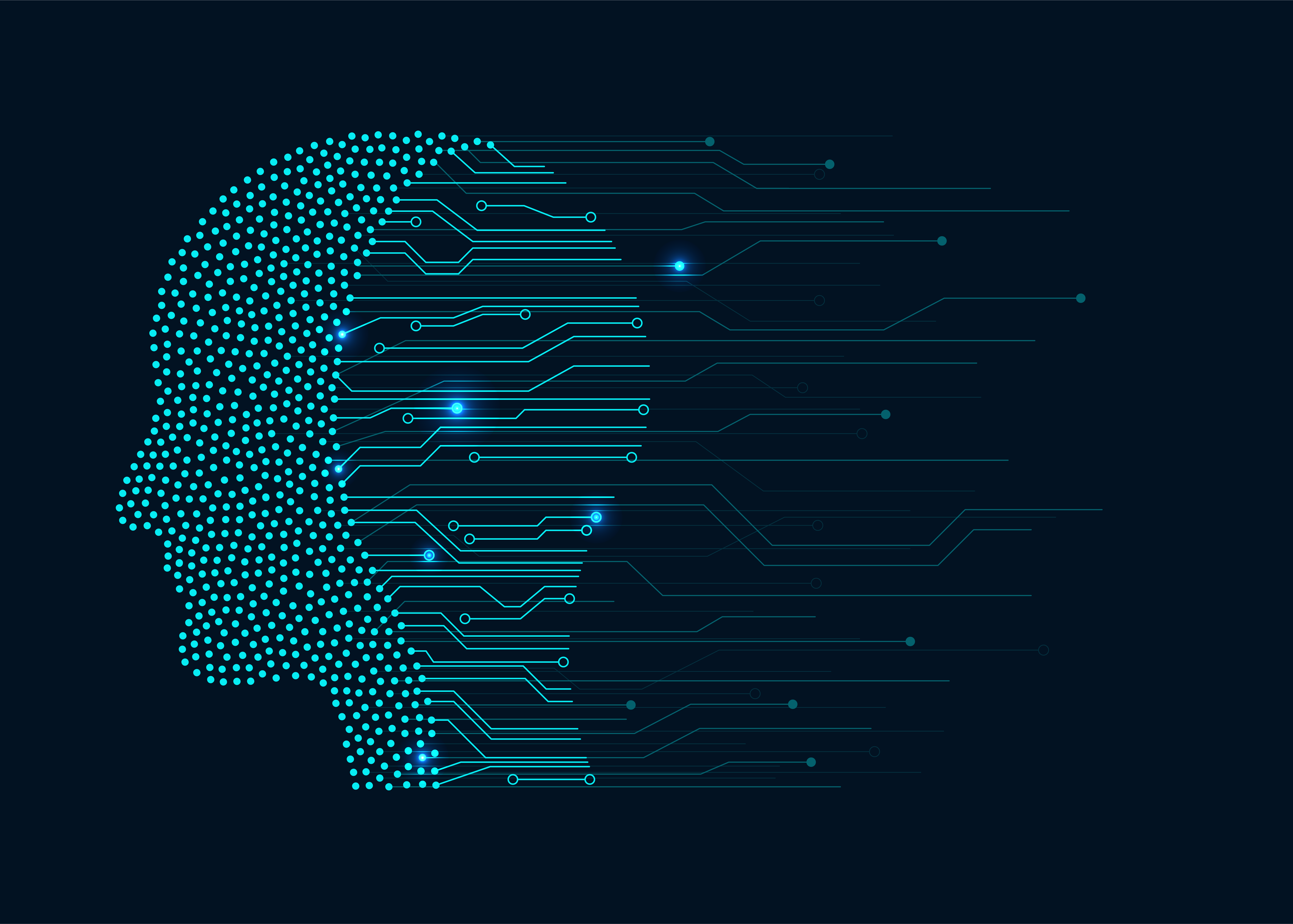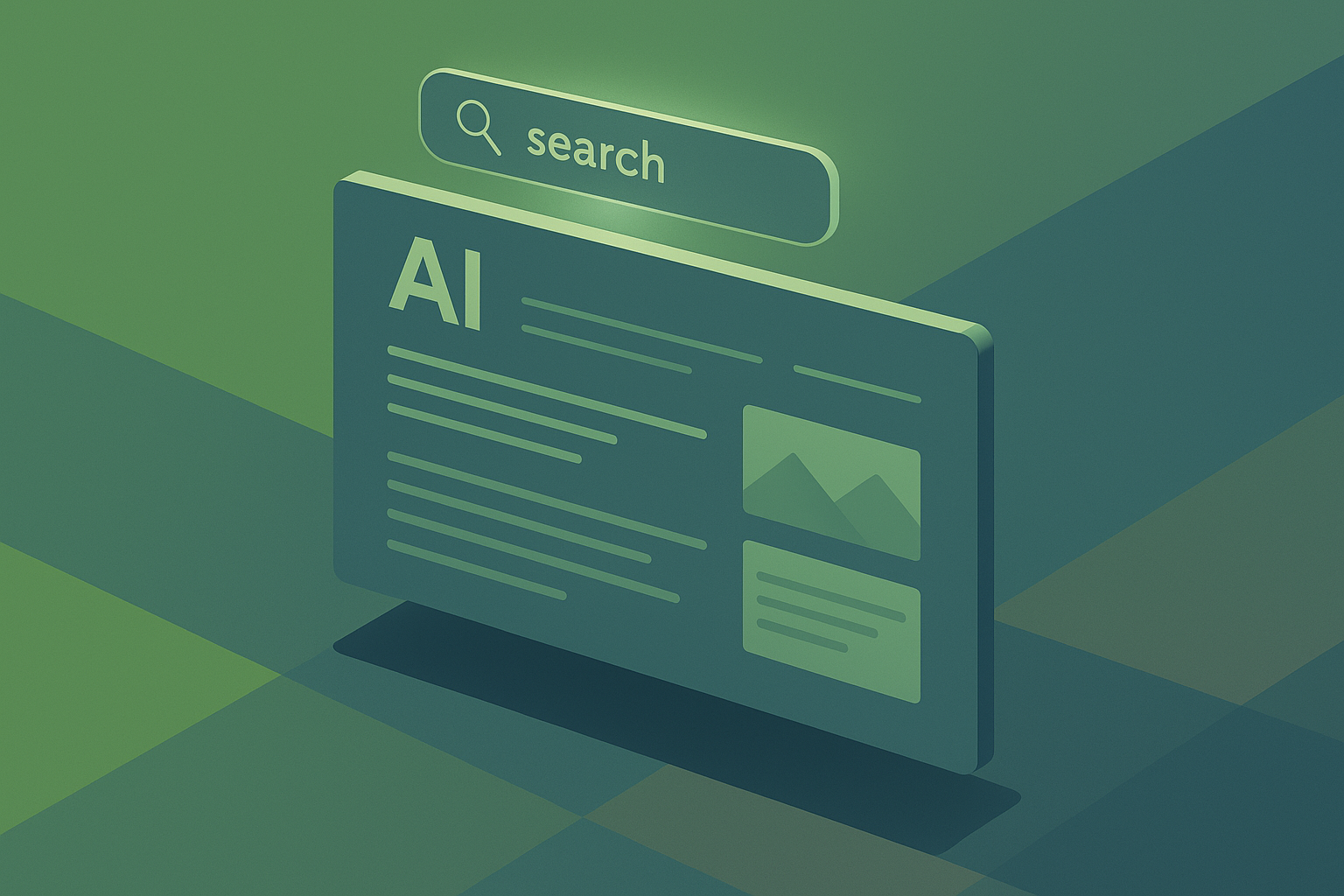GPT‑5 Launch: OpenAI’s Most Powerful AI Model Yet
OpenAI has begun rolling out GPT‑5, the most advanced version of its flagship language model, across all ChatGPT accounts. With significant...
5 min read
Christine Hollinden : Jul 25, 2025 4:38:39 PM

Generative AI has sprinted from curiosity to critical infrastructure in less than two years. With GPT-5 rumored to drop in August 2025 and ChatGPT Agent already live, the conversation has shifted from “Should we pilot AI?” to “Why aren’t we scaling yesterday?” Weaving industry reports, hands-on practitioner tests, and commentary from OpenAI leadership, this article unpacks the next wave of AI for private-equity (PE) firms, M&A advisors, and accounting practices, and how to stay on the left-hand side of the innovation bell curve rather than sliding into irrelevance.
While OpenAI hasn’t stamped an official launch date on the calendar, The Verge reports that sources close to the company now expect GPT-5, along with new “main,” “mini,” and “nano” versions, to drop in early August 2025. The scoop notes Microsoft has already been provisioning extra server capacity, and testers have spotted GPT-5 “in the wild,” all signs that the release window is fast approaching.
Large Language Models (LLMs) once excelled at text generation; now they act. ChatGPT Agent (released July 17th) pairs a reasoning model with a virtual computer—opening Chrome, filling out Excel templates, and scheduling itself to rerun tasks. OpenAI’s launch post frames it as “ChatGPT thinking and acting.” (OpenAI announcement)
Across the globe, regulators are scrambling to keep up, while competitors from Google to Anthropic push multimodal models. For PE and M&A professionals, the speed of model iteration compresses deal-evaluation windows: today’s “defensible moat” can dissolve with next month’s model upgrade.
Sam Altman has hinted that the o3 reasoning model will fold directly into GPT-5, reflecting OpenAI’s shift toward unified architectures.
Unlike prior monolithic releases, GPT-5 reportedly “integrates multiple distinct AI models,” allowing it to blend reasoning, code-generation, and agentic control in a single stack. For finance professionals, this means one API endpoint could soon replace half-a-dozen narrow tools. Now, that's streamlining.
Pre-release demos highlight faster code synthesis, deeper domain retrieval, and built-in compliance filters, crucial for regulated spaces like audit and due diligence. Expect tighter Excel hooks, richer multi-document analysis, and system-level APIs that allow GPT-5 to run workflows end-to-end.
Per OpenAI’s help docs, ChatGPT Agent “seamlessly switches between reasoning and action,” browsing public sites, uploaded files, and connected apps while keeping users in control. Up until this time, ChatGPT could assist with actions or information, but not interact with other apps directly beyond accessing information. Think of ChatGPT Agent as an on-demand virtual analyst who can research and click buttons.
Accounting-industry tech expert Jason Staats reports that the agent flawlessly moved three tax source docs into an Excel workpaper template and checked 12 QuickBooks Online files for broken bank feeds. It can even schedule itself to rerun a receipts-to-transaction workflow nightly, transforming low-value reconciliation into a no-touch process. Think of the efficiencies created and the ability for your team to spend more time on adding value versus data entry.
These advancements do not mean we are recommending throwing caution to the wind. Security and governance is still a concern. Because the agent stores credentials to operate unattended, here's what we recommend (for now):
PE teams armed with GPT-5 agents can crawl thousands of filings, customer reviews, and code repositories overnight, surfacing red-flag risks before the LOI stage. Early adopters will price deals more accurately and identify synergies sooner, amplifying IRR.
Investment bankers and M&A advisory firms can deploy agents to scrape buyer databases, draft CIMs, and automate Q&A logs, shaving weeks off the sell-side timeline. In cross-border deals, multilingual GPT-5 translations remove friction and expand buyer pools.
From workpaper roll-forwards to bank recs, ChatGPT Agent’s spreadsheet agility means staff can oversee thousands of transactions rather than key them. TechRadar notes that the Mac app’s “Working with Apps” feature lets accountants call ChatGPT without switching context, ideal for live closing sessions.
Picture Rogers’ diffusion-of-innovation curve: Innovators (2.5 %) and Early Adopters (13.5 %) together represent just 16% of any market. If you plot today’s AI landscape on that bell curve, we’re a little past the Innovator tip and roughly one-third of the way up the Early-Adopter slope. That means most professional service firms are still on the sidelines.

Why is the slope getting steeper so quickly? OpenAI executives insist the new GPT-5 model “integrates a lot of our technology,” rolling the o-series reasoning engine into a single stack that can run everywhere from cloud GPUs to a spreadsheet add-in.
For accounting firms, that means Excel workbooks that reconcile themselves. For investment bankers, it means VDR platforms that surface red-flag clauses before the diligence team even logs in. For PE deal teams, it means portfolio dashboards that write their own “first-90-days” value-creation memos. Tools that once felt experimental will soon feel invisible—and commonplace.
This timing matters. Historically, the Early-Adopter phase is the last safe on-ramp before the Early Majority flood in and reset fee structures, turnaround times, and talent expectations. Firms that move methodically now secure durable advantages; firms that wait drift toward the right-hand tail of the curve where, as past tech shifts have shown, many ultimately go out of business or simply wither away. The question is no longer “Should we explore AI?” but rather “Why aren’t we already piloting, measuring, and scaling it?”
A ChatGPT Agent may reconcile 12 QuickBooks files in minutes, yet human judgment still decides materiality and risk. Therefore, upskill pathways should blend workflow engineering (prompt design, agent orchestration) with domain oversight (audit standards, valuation theory). Rotate one senior staffer per engagement into an “agent-wrangler” role.
OpenAI’s help center warns that agents can store credentials and run unattended. Adopt “human-in-the-loop” controls:
Break away from the pack and put AI workflows in motion before your competitors do.The firms that will succeed are those that embrace and integrate AI into current workflow and have open conversations with clients about use cases. The rest? Well, they'll be left behind.
Explore Hollinden’s AI implementation and integration services for professional service firms then book a quick strategy call to map your first 90-day sprint.
The Hollinden Point of View brings you monthly insights tailored to helping you grow your firm.

OpenAI has begun rolling out GPT‑5, the most advanced version of its flagship language model, across all ChatGPT accounts. With significant...

Throughout history, each wave of technological advancement—from the assembly line to automation—has reshaped industries. Now, artificial intelligence...

For the first time in nearly a decade, Google’s global search market share slipped under 90%. Apple confirmed that Google search volume declined for...